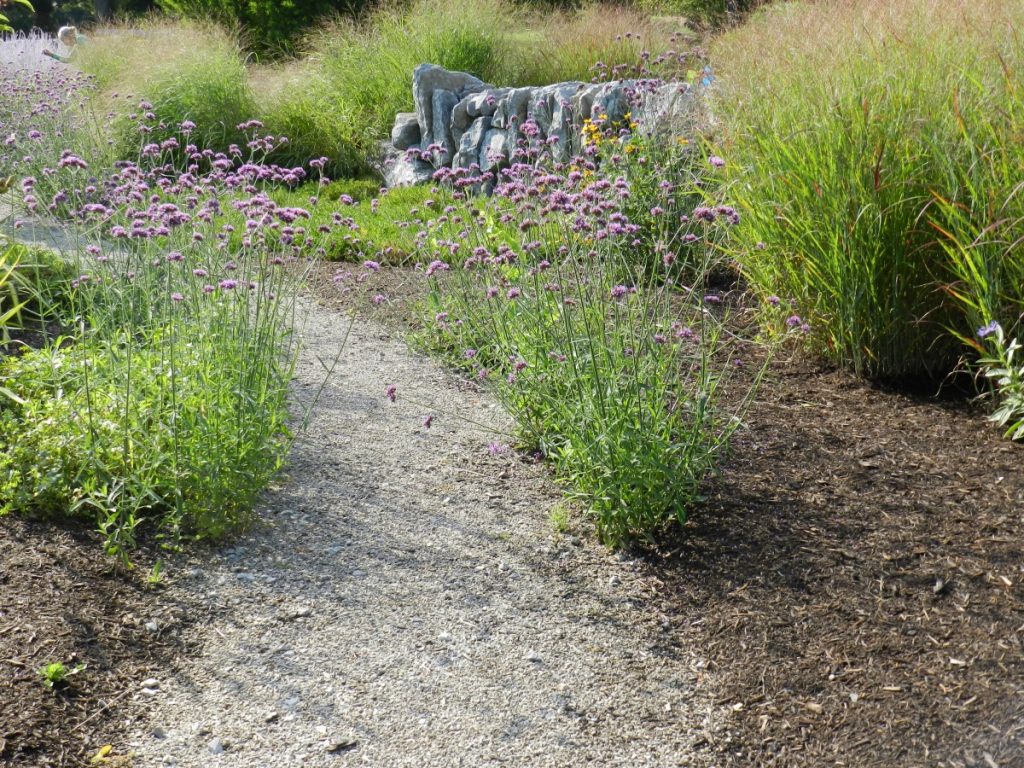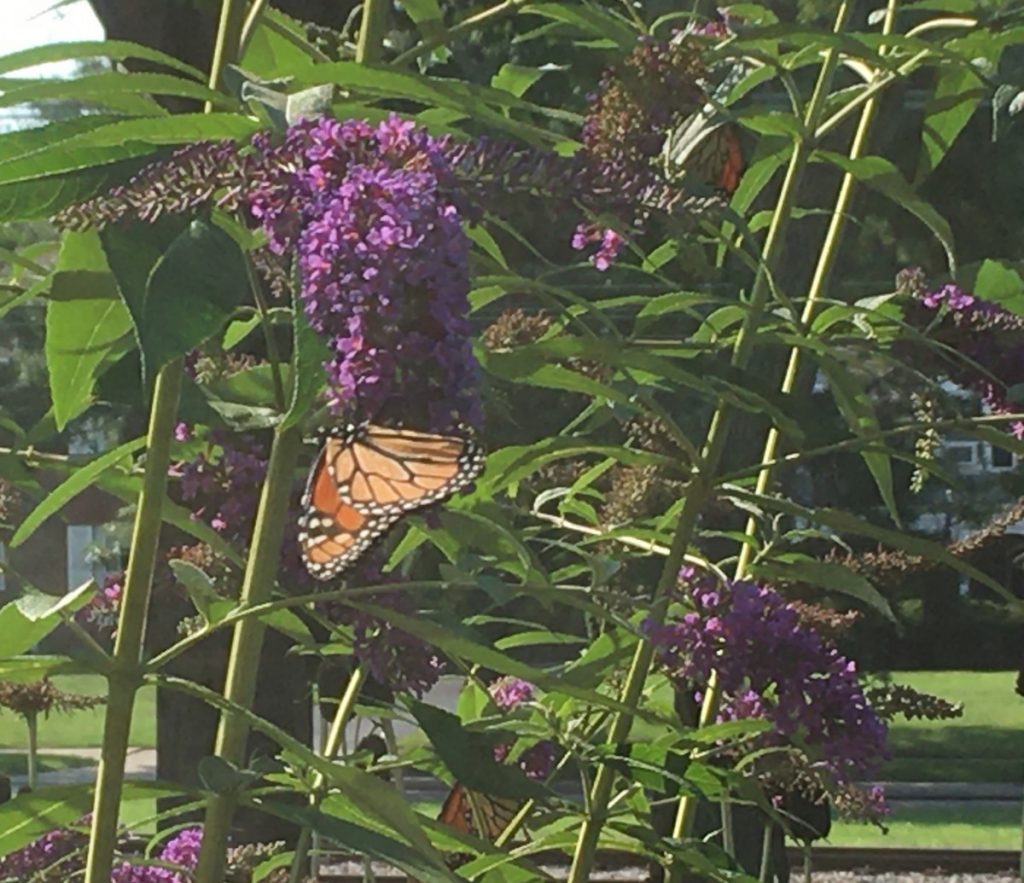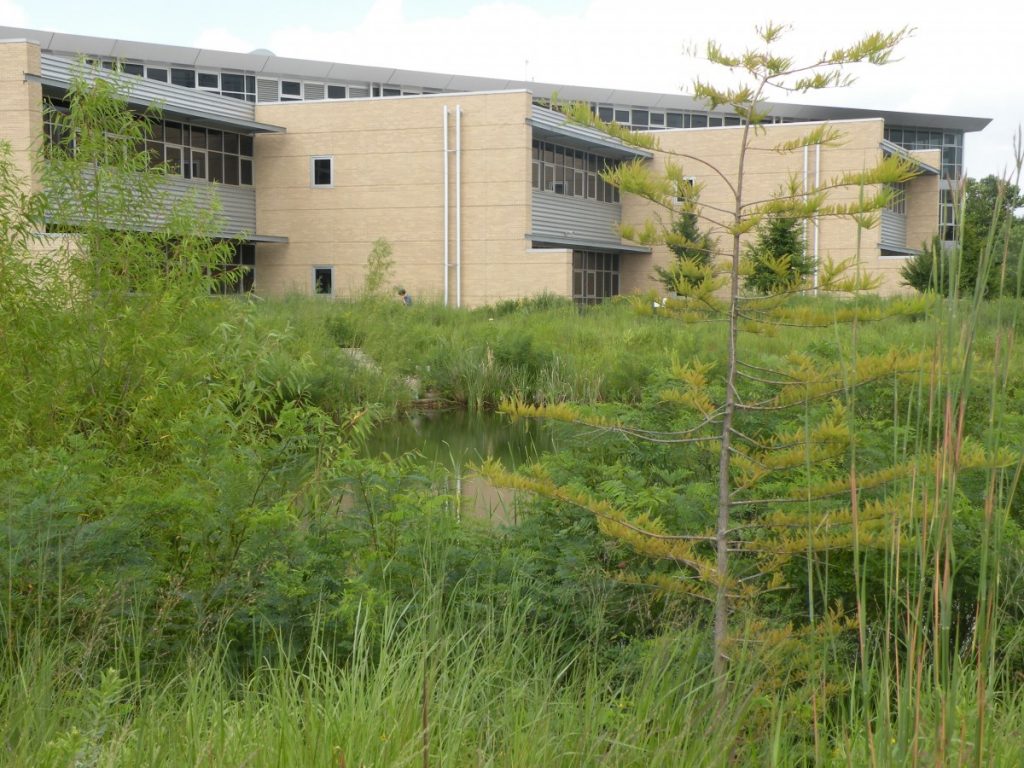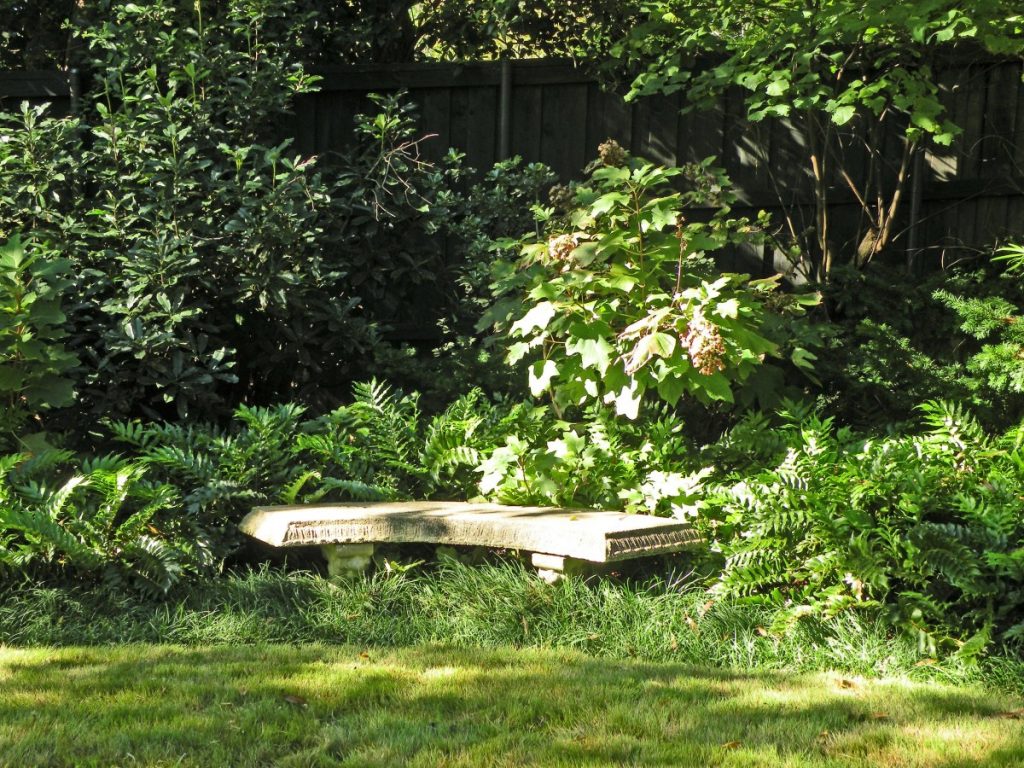The mantra of the day is “Plant native.” Does this mean that we should plant only native plants in spite of the fact that there are thousands of plants that are not native to the United States? Some say that we should plant only natives in our landscapes because they are crucial to the survival of our native insects, especially caterpillars, and birds. Others say that we can plant both natives and “exotics”, the definition of which is species introduced either accidentally or deliberately by human actions into places beyond their natural geographic range.

In discussions of native plants, the definition of native is highly debatable. Native to where? Native to a particular state? Region? Country? Is a plant native in North Carolina still considered a native in Minnesota even if it will live there although it is not endemic to that state?
One of my North Carolina friends, Tony Avent, a great plantsman, explorer, breeder, and grower wrote this a few years ago: City, county, and state borders are geopolitical; they have absolutely nothing to do with plant nativity or adaptability. Secondly, plant nativity is not a place but a place in time. To call a plant native, you must consider nature as static (never changing), and then pick a random set of dates that you consider to be “ideal”. Most of the plants currently considered native to any location today actually speciated tens of thousands to hundreds of thousands of years ago. The current conditions are nothing like the conditions then.
I agree with him that we should embrace diversity to create a better habitat for all. Just recently, I have been enjoying watching Monarch butterflies spending a considerable amount of time on my buddleias.

Are all “exotics” bad? We know that some plants are deemed invasive because they have no natural predators and can grow at will, disrupting natural habitats. However, there are thousands of plants that grow elsewhere in habitats similar to ours but do not have invasive tendencies. For instance, one of the most beloved ornamental trees in the United States is the crabapple, a native to Europe and Asia. Should this tree be removed from American landscapes because it is not a native?

Do those advocates of native plants realize that using only natives may entail rethinking what a landscape should look like? Such landscapes may look messier, less organized, more meadow and prairie like. For instance, a set of office buildings in St. Louis was deliberately designed only with native plants. This may be acceptable at the edge of the city but I doubt that suburban home owners would be happy with it. This is not to say that more formal designs can’t be created with only native plants but there will not be as many interesting choices.


The book, The Living Landscape by Rick Darke and Doug Tallamy, is the best exposition I’ve read on the importance and benefits of planting natives and how native plants can play essential as well as functional roles in gardens designed for multiple purposes. I have, therefore, tried to incorporate as many natives into my designs as possible but if I think an “exotic” fills my client’s needs better, the latter will be my choice.
Although many people seem to believe in the superiority of native plants for both adaptability and for supporting pollinators, there has been extensive research and pollinator counts from the South Carolina Botanic Garden demonstrating that plants native to a specific region are neither favored by or required by native pollinators.
Many groups promote native plants. The one with which I am most familiar is LEAP (Lake Erie Allegheny Partnership), a regional partnership, the members of which are collectively dedicated to protecting native habitats and species, improving water quality and enhancing urban green space between Sandusky Bay and Buffalo. LEAP has a program to promote three native plants each calendar year. For more information on LEAP and its Native Plant Promotion Program, go online to www.leapbio.org. I’m sure there are more groups in other parts of Ohio that have similar programs.
I am not an ideologue about anything; thus, for me, everything is shades of gray rather than black or white. I take the same position on plants. I am always looking for new plants that have special attributes to fill specific needs in the landscape. I do my best to research them so that I’m not planting anything considered invasive. Most states now have invasive plant lists (some better researched than others) so you can avail yourself of this information in order to prevent further distribution of these particular plants.
When everyone was bemoaning the dearth of bees, I wanted to invite them to my garden to see that it was a bee heaven. Yes, I am a plant-a-holic and a plant nerd but I am willing to bet the diversity of plants in my garden, including natives as well as exotics, is the unwritten invitation to the birds, the bees and other pollinators.



0 Comments